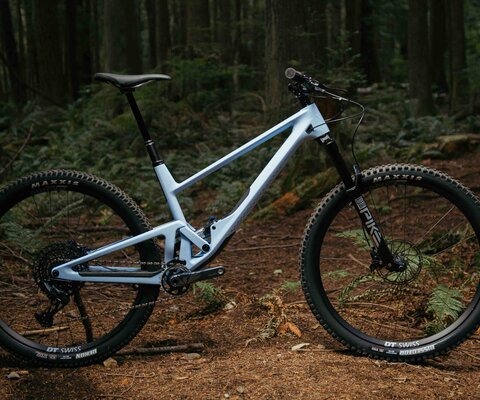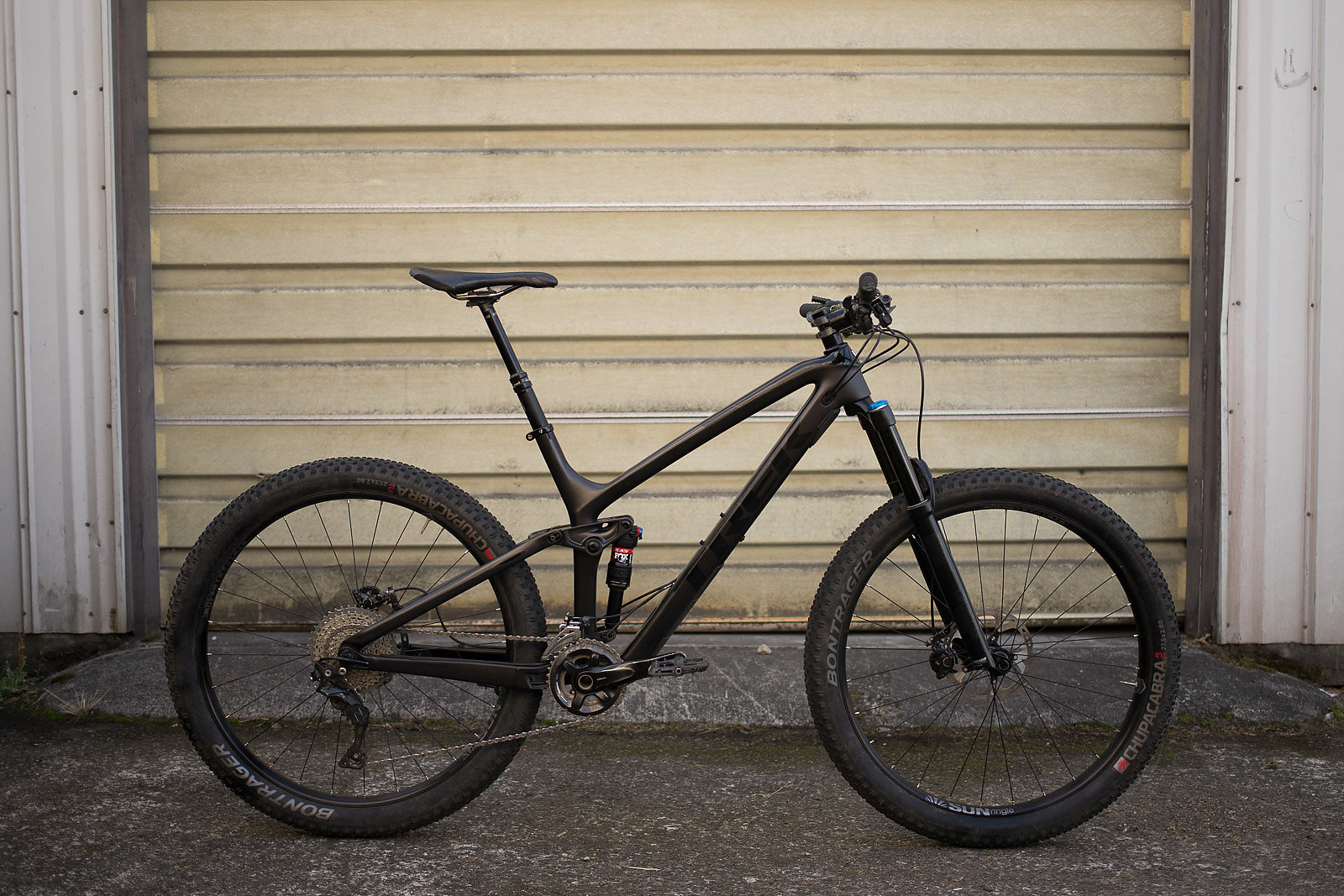
2017 Trek Fuel EX 9.8 Bike Review
Words by Will Hilbert | Photos by Jann Eberharter
Take a look at the new Fuel EX and you will quickly see Trek has fully redefined the model.
The 2016 Fuel Ex 29 was a step in the right direction, but it was a timid half-hearted step that left the rider wondering what if…? What if it came spec’d with a stiffer fork, more travel and a slacker headtube?
The team at Trek delivered and the 2017 bike answers these questions. It now allows the use of 29” or 27.5+ wheels and is one of the stiffest frames in the category, featuring a totally new geometry that’s slacker and longer than its predecessor.



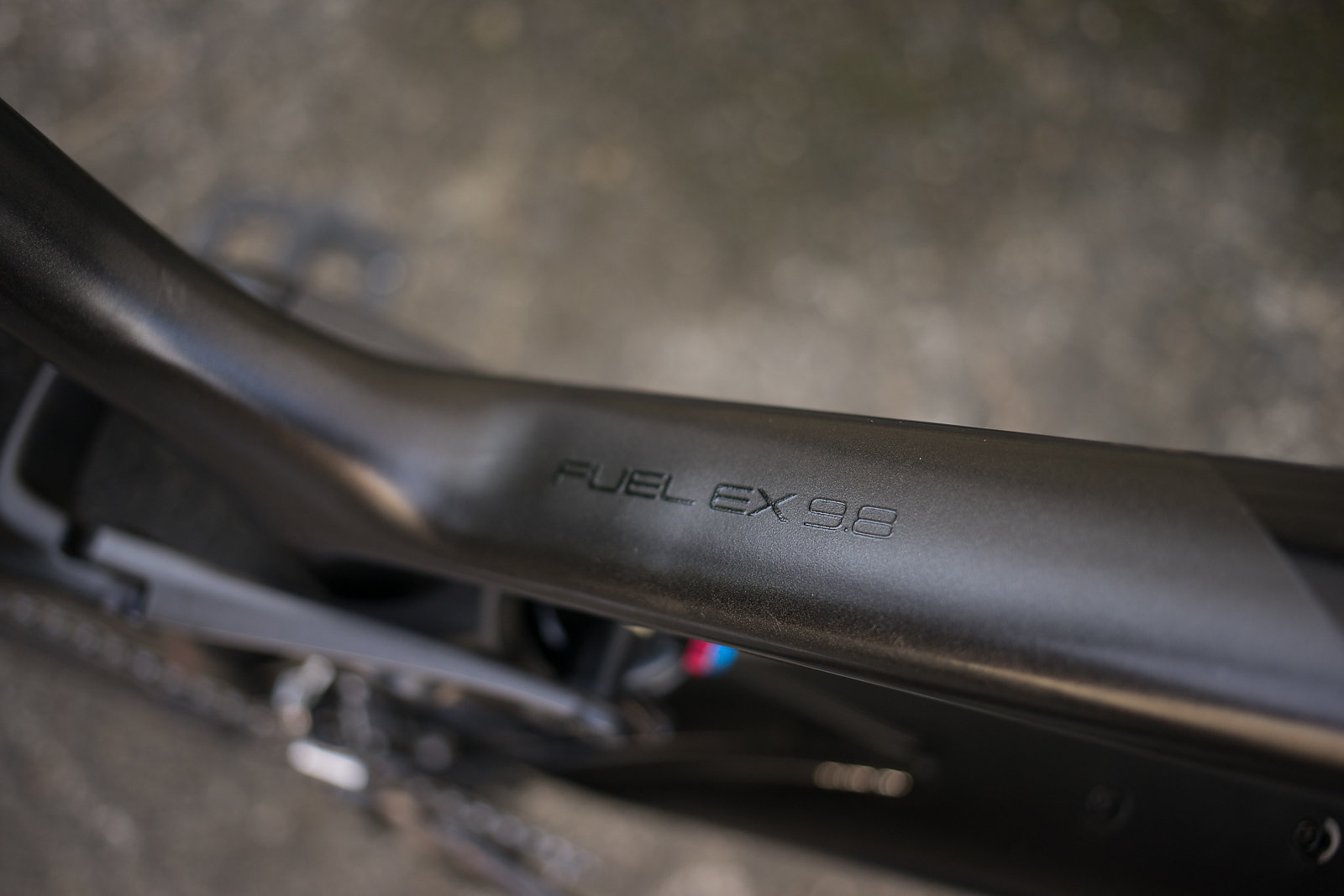
Frame and Suspension
By increasing the rear travel from 120mm to 130mm and utilizing Trek’s proven ABP design combined with the full floater rear shock featuring the regressive RE:aktiv valve in the damper, the new Fuel delivers an extremely supple and active feel all while providing a solid pedaling platform. The best part about this damper is you do not even notice it. The transition between firm pedaling platform and fully open is seamless allowing for efficient pedaling with the rear shock fully open. The bump in travel has no effect on the bike’s speed up hill but gives the rider so much capability when gravity takes charge. The updated geometry and frame design have a lot to do with this as well.
One of the most noticeable changes is the frame’s straight Straight Shot downtube. This gives the frame a significant increase in lateral stiffness all while reducing weight (28.3lbs). The Fuel EX bike does not wallow when you push it hard into anything. This comes at a sacrifice though: the ability to spin your bars around. Trek had to limit the motion of the bars to prevent the fork crown from smashing into the downtube. While most of us aren’t throwing bar spins, this does limit the turning radius of the bike. I only found it an issue on the tightest of switchbacks, but I definitely cursed the Knock Block more than once. It was nothing altering my line did not correct, but I definitely got in the habit of taking tight turns a little wider because of the limiter. If the Knock Block wasn’t in place, the fork would make contact with the downtube on tight turns. This system is comprised of a proprietary stem, keyed headset spacers, and a chip in the frame right near the top of the headtube. If you want to swap out the stock stem, there is a spacer available for purchase that allows the use of any stem. There are some rubber bumpers on the downtube to protect the downtube just in case things go really south, but in my time with the bike the Knock Block system did its job flawlessly.
As far as numbers go, the geometry has taken to the general trend of lengthening the top tube (464mm), lowering the bottom bracket, and slackening the headtube angle (67 degrees in low setting). This combination, plus a shorter chainstay (433mm), creates a nimble bike that is happy in just about any scenario. The geometry can be altered with the use of the Mino Link located where the seatstay pivots on the rocker link. Simply undo a bolt and flip the chip to go from high to low.

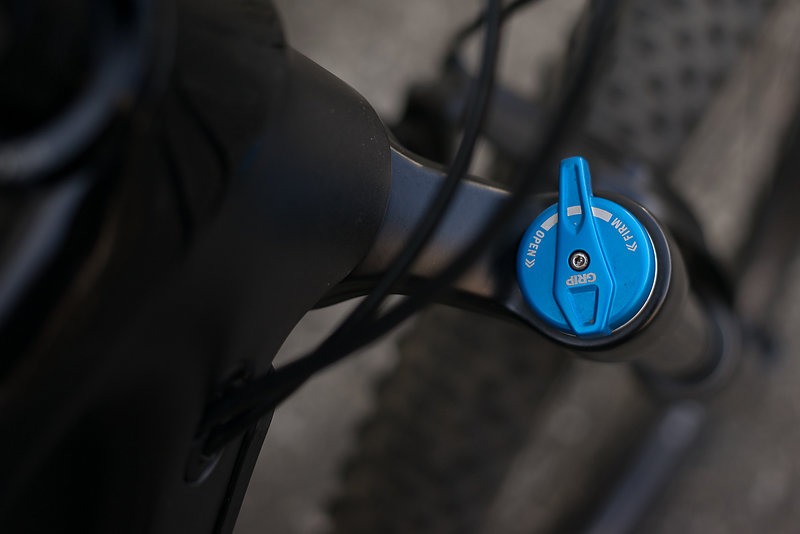
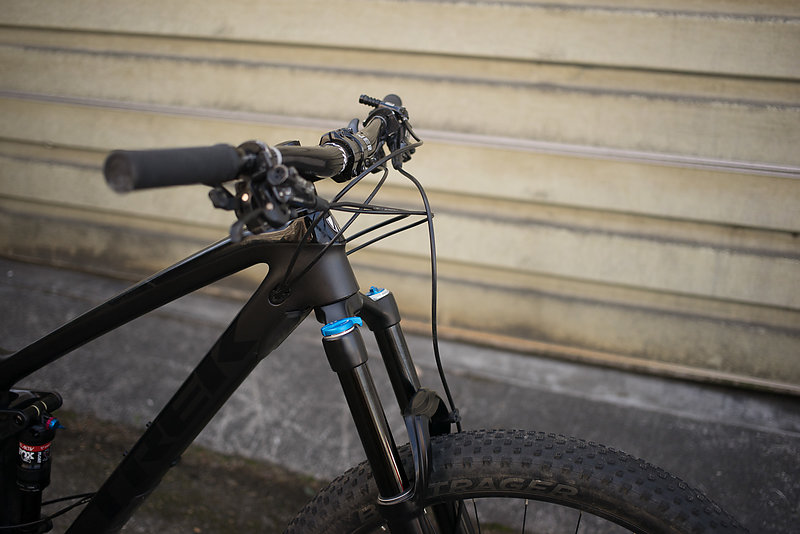

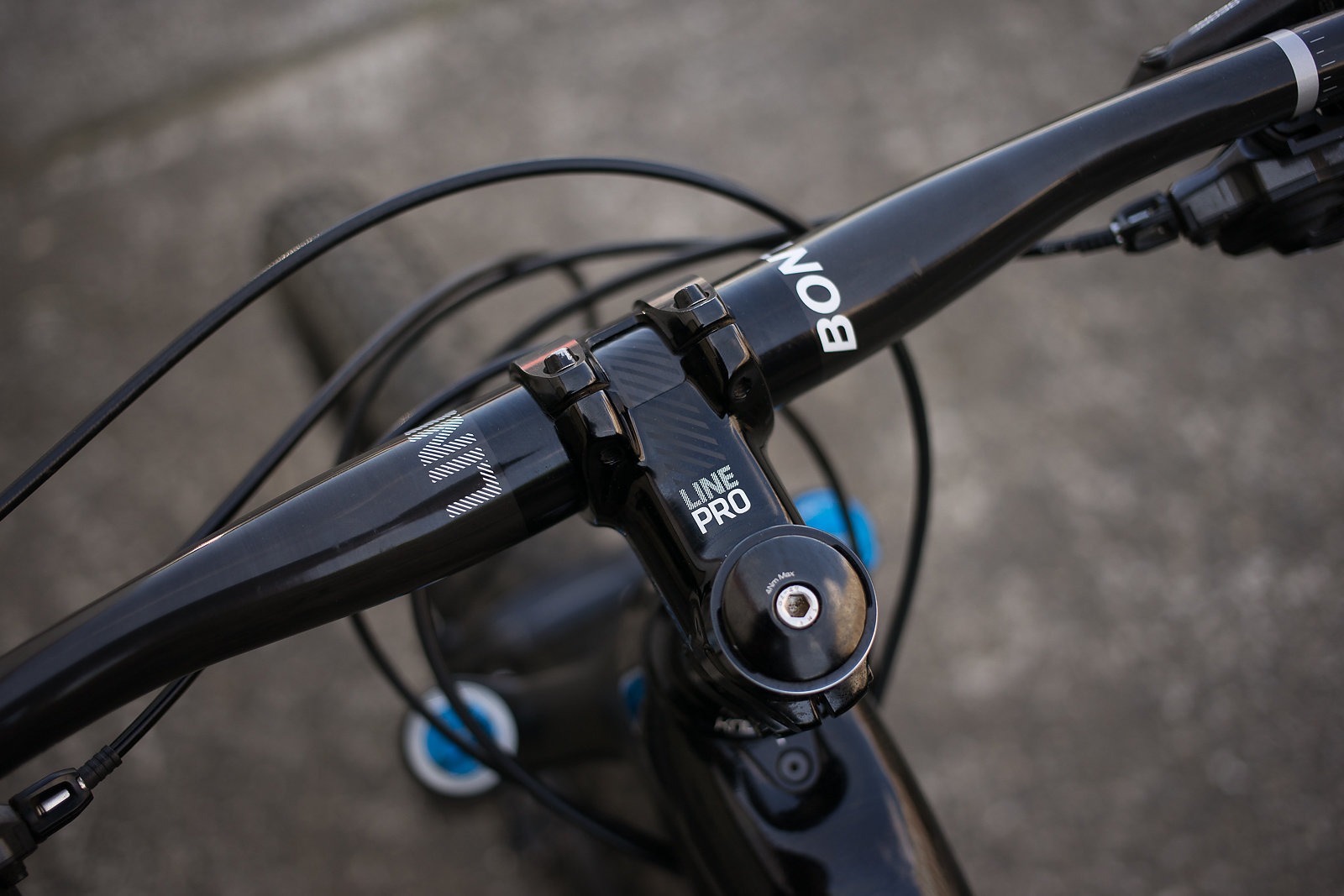
The Spec
The 9.8 comes equipped with a full Shimano XT 2x11 parts group, Fox’s performance series 34 130 GRIP fork, and 125 Rockshox Reverb (size Large tested). Regardless of any feelings about Shimano XT, 2x11 is not the choice I would have made in a world now dominated by 1x setups. There’s just no need for that front derailleur. After riding 1x equipped bikes for so long, I found I forgot to shift the front derailleur often and just got used to pushing harder gears.
Fox’s “budget” fork option does not feel budget at all. The GRIP damper performed consistently through extremely demanding terrain, time and time again. I did have the damper fail when the cartridge unthreaded itself after a weekend of riding Pemberton and Squamish. This was due to a lack of loctite from the factory, but the service at Fox is great and they quickly sent out a replacement damper. For riding in the Northwest’s typical rocky and rooty terrain, I would personally rock a 36 or a Pike on this bike.
The stock 125 Reverb was nowhere near enough drop for me. A 150mm drop seatpost would have made more sense on a Large. Although being 6’1, I could probably justify a 170.
The Ride
Despite the increase in travel, this bike still is quick and snappy on the climbs. While climbing technical single track I generally left the shock fully open and just let it do its thing. Only while climbing on fire roads would I flip the lever into locked mode just because I felt like I should. This bike definitely rewards you for being aggressive on the climbs. No matter what line I chose the suspension did an excellent job on keeping traction. The RE:aktiv valve’s ability to go from firm to fully open truly gives the bike a unique feel. Definitely a plus for those set it and forget it types.
Point this thing downhill and the real fun begins. Riding in British Columbia and the Pacific Northwest demands a lot from you and your bike when the time comes to rip down the mountain. Time after time this bike checked trails off like a champ. The only limit I found was myself. The active, poppy and stiff feel of this bike gave me more confidence than most bikes its size. Push hard into a turn and the bike does not skip a beat. The bike feels right at home in the air or down steep tech. If I owned this bike I would love to over-fork it a bit. With a little more stiffness and travel up front this bike really would shine when things get rowdy. I should mention I opted for some wider bars as well. It’s hard going away from 800’s once you get used to them… As is, this bike can take you anywhere you feel like pedaling.
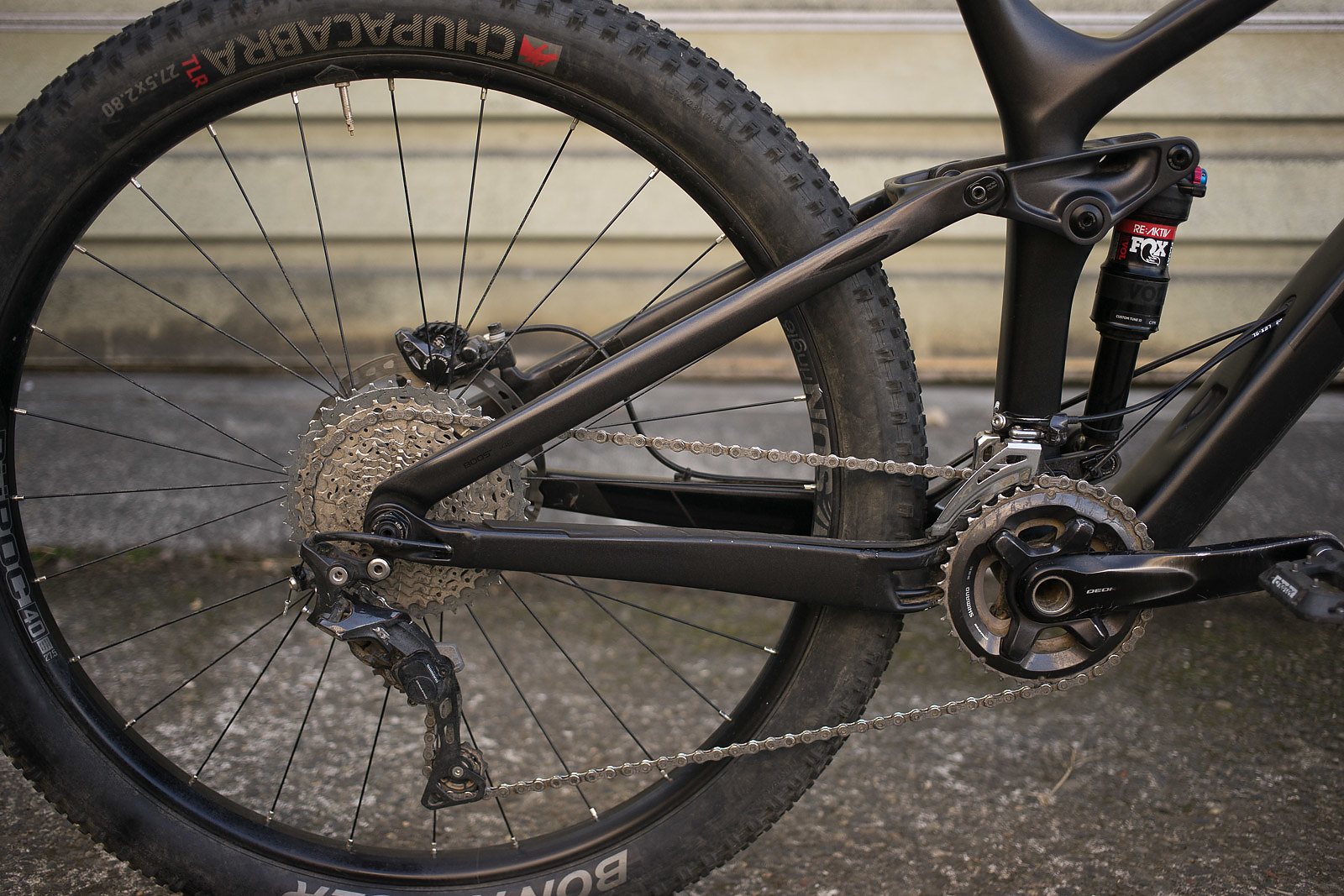
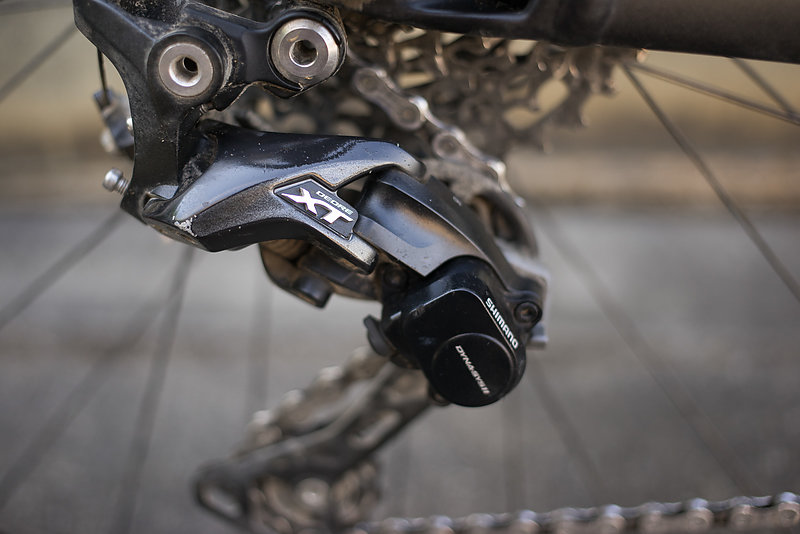
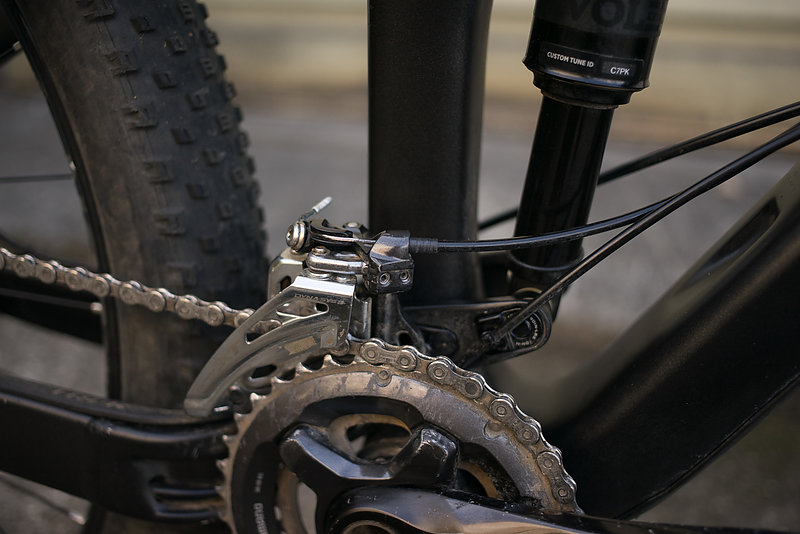
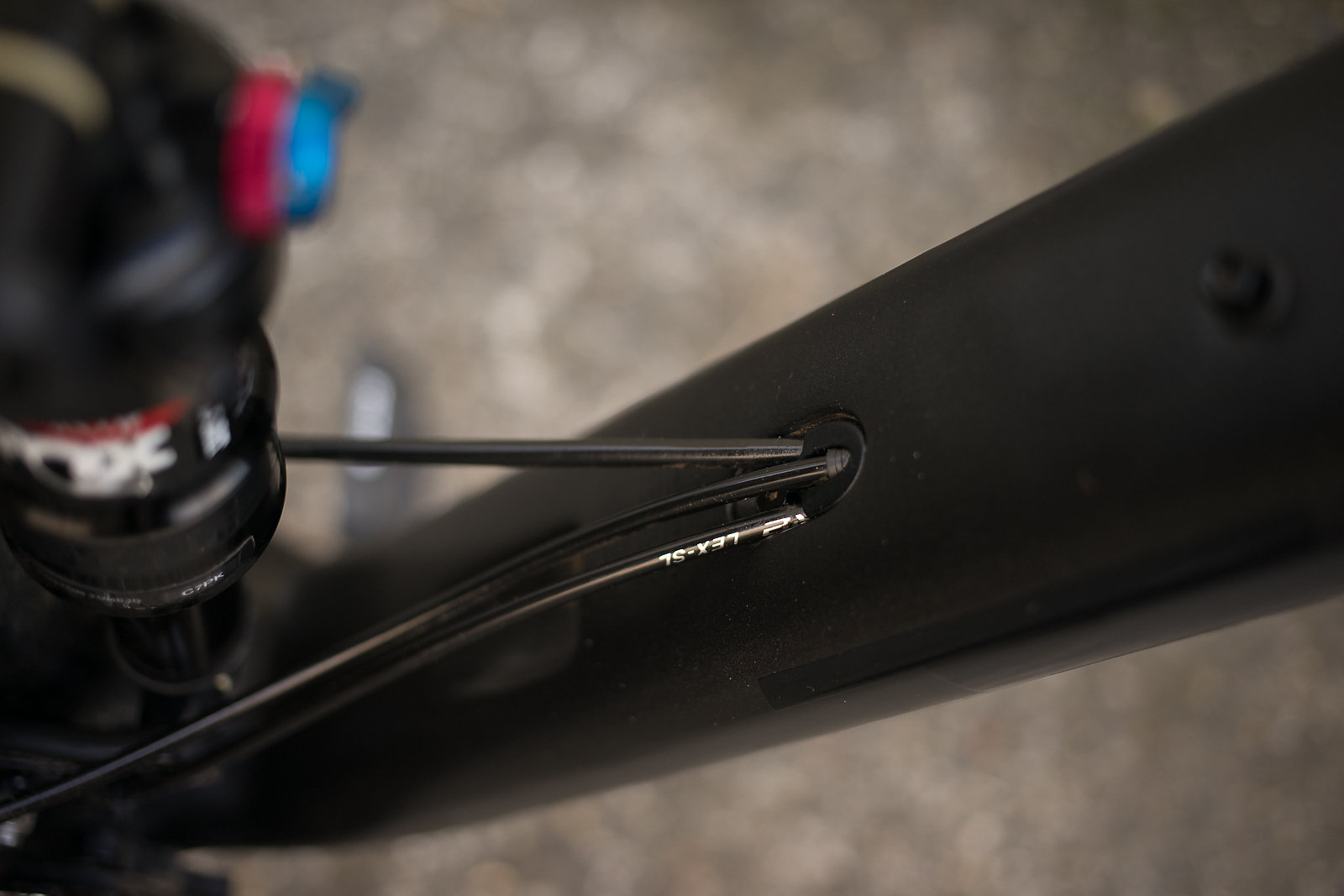
29” or 27.5+?
For the test bike, Trek provided both wheel sizes. Out of the box, I got to know the bike with 27.5+ wheels. Looking at the stock Chupacabra tires I questioned the traction the small knobs would provide in the wetter conditions at the time. I was so shocked upon my first ride. Those tires do surprisingly well in a variety of conditions. Only while riding looser, lesser ridden, loamy steep trails did they prove to be an issue. I played with the air pressure quite a bit and settled around 20psi up front with 24psi in the rear. Whenever I went lower I found the tire roll while cornering disconcerting, to say the least. As a whole, this bike is fast and fun in 27.5+ mode. With this wheel size, I did notice a bit of pedal strike while climbing even my local trails I know by heart. For this reason, I left the bike in high mode when the plus wheels were on. I’m normally not one to complain about pedal strike, but it was definitely noticed.
For the second half of my test, I ran the 29” wheels and it soon became my preferred wheel size. I felt I could push the bike a bit harder without worry about flatting or damaging a rim. The 29” wheels really bring out the stiffness of the bike (especially with some carbon hoops). With 29” wheels, low mode ended up being where I spent most of my time aboard this steed. I would end up having two sets of wheels if we were in a long-term relationship—they’re both that fun.
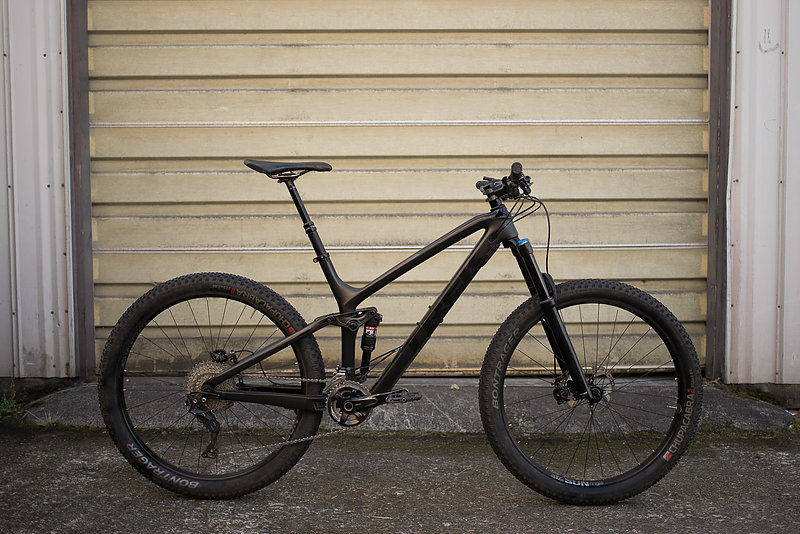

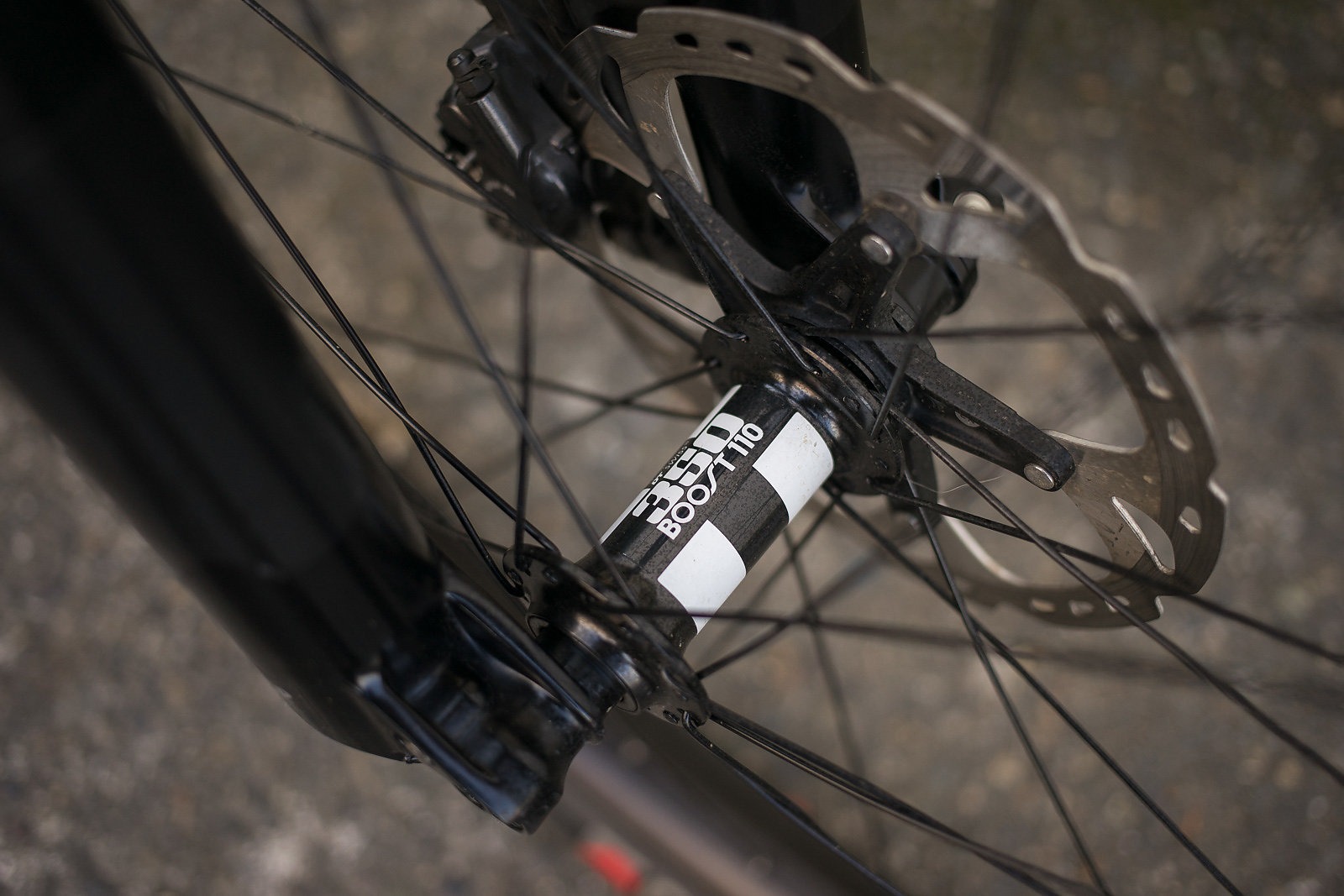

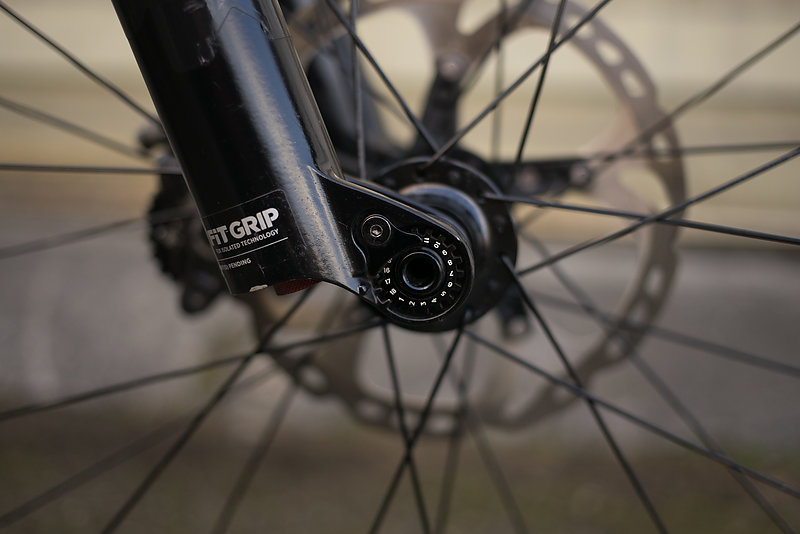
Until I saw this latest version, the Fuel EX was never a bike that really excited me. Deciding to bring the Fuel EX into the modern era with the ever-popular trend of making it longer and slacker has changed that. There is a reason brand after brand (especially in the 130mm, 29” category) is following suit with this geometry shift. It works. Combined with modern shock technology and frame kinematics the longer plus slacker formula delivers a bike that pedals well uphill but redefines what is capable on a given travel platform downhill. Apply this to a 130mm, 29” bike and you have a tool that will attack the climbs, all while giving you more confidence than you thought possible on the descent. Trek’s update of the Fuel Ex has transformed the platform from a cushy XC race machine into a full-fledged trail slayer.
MSRP: $4999
See more at https://www.trekbikes.com
